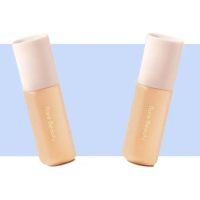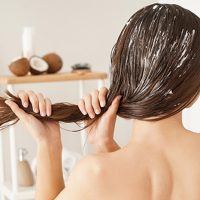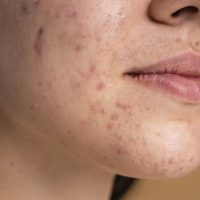When it comes to creating a flawless complexion, makeup artists have a secret weapon: color correction. The technique involves using a specific shade of concealer or primer to neutralize unwanted skin discoloration, creating a smooth, even base for your makeup. If you’ve ever wondered how they achieve that seemingly perfect canvas, read on to discover the magic of color correction and how to use it effectively.
Unleash Your Adventure with Columbia Sportswear
– Where Style Meets Performance!
Elevate Your Outdoor Experience with Our Premium Gear – Explore, Conquer. and Look Good Doing It. Embrace the Elements in Columbia's Cutting-Edge Designs. Gear Up for Greatness, Unleash Your Inner Explorer!
Find your gearWhat is color correction?

Color correction is a makeup technique that involves the use of complementary colors to counteract specific skin concerns. Each color corrector solves a specific problem by neutralizing or neutralizing the color of concern. For example, green corrector are used to counteract redness, while peach or orange corrector are used to hide dark circles or hyper-pigmentation.
How do I know which color corrector to use?
Understanding the color wheel and color theory is crucial to determining which color corrector is right for you. Opposite colors on the color wheel cancel each other out, so if you have red, which is a warm tone, you can use a green corrector because green is the opposite of red. Likewise, if you have dark circles or hyper-pigmentation with blue or purple undertones, a peach or orange corrector will help balance the color.
Here is a breakdown of commonly used color corrector:

- Green: neutralizes redness such as acne, rosacea or broken capillaries.
2. Peach/Orange: Counteracts dark circles, especially those with blue or purple undertones.
3. Yellow: Brightens dullness and helps relieve mild redness or yellowness.
4. Lavender/Purple: Counteracts yellow undertones and adds radiance to dull or sallow skin.
5. Pink: Helps neutralize dark spots and brighten the complexion.
How to Use a Color Corrector: A Step-by-Step Breakdown

- Prep your skin: Start with a cleansed and moisturized face. Use your regular skin care products, including sunscreen.
- Assess your skin concerns: Identify specific areas or concerns you want to address, such as redness, dark circles, or dullness.
- Choose the right color corrector: Choose the color corrector that corresponds to your specific problem. Remember, green corrector neutralize redness, peach/orange corrector hide dark circles, and so on.
- Apply Color Corrector: Using a small brush or fingertips, apply a small amount of color corrector directly to targeted areas. Gently blend product using patting motions until it blends seamlessly into skin.
- Follow with foundation or concealer: After correcting color, apply your regular foundation or concealer to even out skin tone and provide extra coverage when needed. Blend the product well for a natural finish.
- Loose powder to set makeup: Swipe translucent loose powder to set makeup and ensure long-lasting makeup.
Color correction can transform your makeup routine, allowing you to achieve a flawless complexion and target specific skin concerns. Remember that color corrector can go a long way, so start with a small amount and build up as necessary. It’s also important to choose products that are specially formulated for color correction, as they have the right consistency and pigmentation to effectively eliminate targeted issues. By understanding the color wheel and choosing the right shade based on your concerns, you can master this makeup artist’s secret to creating a smooth, even, radiant base for your makeup. Try a color corrector, practice your blending skills, and embrace the transformative power of color correction in your beauty routine.














